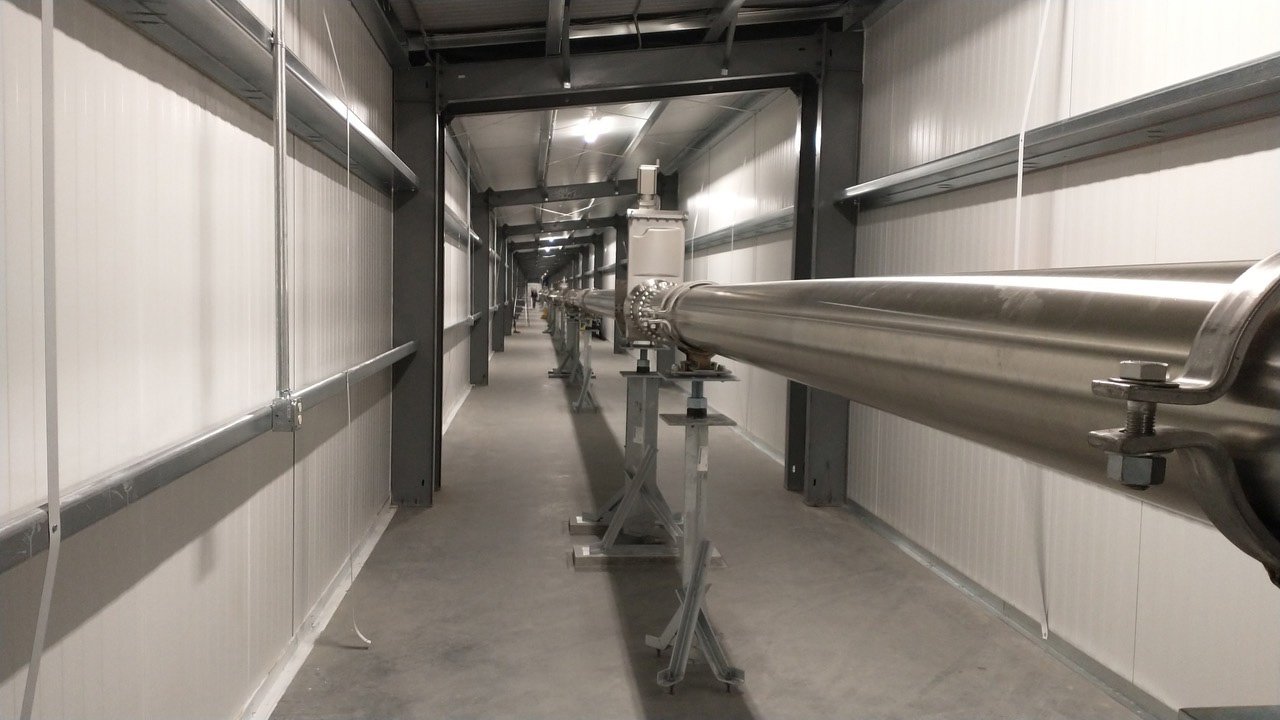2023-10-23 ペンシルベニア州立大学(PennState)
◆研究では、数値モデルを使用して火星の浸食をシミュレートし、一般的なクレーター形成が古代の川の遺物である可能性が高いことを示しました。これまでにない火星のクレーター形成の解釈を提供し、火星の堆積物が川によって形成された可能性を示唆しています。
◆火星の古代の川は、地球の川と同様に生命、化学サイクル、栄養サイクル、および堆積物サイクルにとって重要な役割を果たした可能性があり、古代の火星での生命の存在に対する楽観的な見方を提供しています。
<関連情報>
- https://www.psu.edu/news/research/story/curiosity-rover-finds-new-evidence-ancient-mars-rivers-key-signal-life/
- https://agupubs.onlinelibrary.wiley.com/doi/10.1029/2023GL103618
火星におけるクレーター充填沖積地層のアスペクト制御による地形変化 Landforms Associated With the Aspect-Controlled Exhumation of Crater-Filling Alluvial Strata on Mars
Benjamin T. Cardenas, Kaitlyn Stacey
Geophysical Research Letters Published: 08 August 2023
DOI:https://doi.org/10.1029/2023GL103618

Abstract
Fluvial channel belts, the deposits accumulated in rivers surrounded by floodplain deposits, are sensitive environmental recorders. Across Mars, wind has exposed ancient channel belts via the preferential erosion of floodplain strata, creating landforms called fluvial ridges. However, river deposits observed by the Mars rover Curiosity are instead exposed along a series of steep slopes and shallow benches, and short, truncated ridges we call noses. Here, we tested the hypothesis that these exposures record channel-belt exhumation with a preferential direction of scarp retreat (a slope-aspect control), in contrast with models of fluvial-ridge formation. Using a landscape evolution model sensitive to lithology and an Earth-analog 3D-seismic-reflectance volume imaging fluvial stratigraphy, we generated synthetic erosional landscapes where channel-belt exhumation created benches and noses rather than fluvial ridges, depending on the orientation of belts relative to the preferential direction of scarp retreat, which we suggest is set by winds steered along crater topography.
Key Points
- River stratigraphy at Gale crater, Mars, is exposed along landforms distinct from the fluvial ridges commonly observed outside craters
- An erosion model with a preferential scarp-retreat direction forms topographic benches and noses from river stratigraphy, rather than fluvial ridges
- Alluvial strata in other craters on Mars may be exposed along noses and benches
Plain Language Summary
Ancient river deposits exist across Mars and can be identified in satellite data by erosional landforms called fluvial ridges. Fluvial ridges take the shape of ancient river deposits, and are useful for understanding the history of water on Mars. However, the Curiosity rover at Gale crater, Mars, has observed river deposits that are not associated with fluvial ridges, but rather bench- and nose-like landforms that are not generally associated with ancient river deposits. We modified a computer model that generates fluvial ridges from ancient river deposits by adding a preferred direction for scarp retreat, which may exist in craters on Mars because crater topography steers winds, and winds currently drive erosion on Mars. Our model generated benches and noses rather than fluvial ridges, demonstrating that these landforms may be used as indicators of ancient river deposits in craters on Mars, similar to fluvial ridges.



